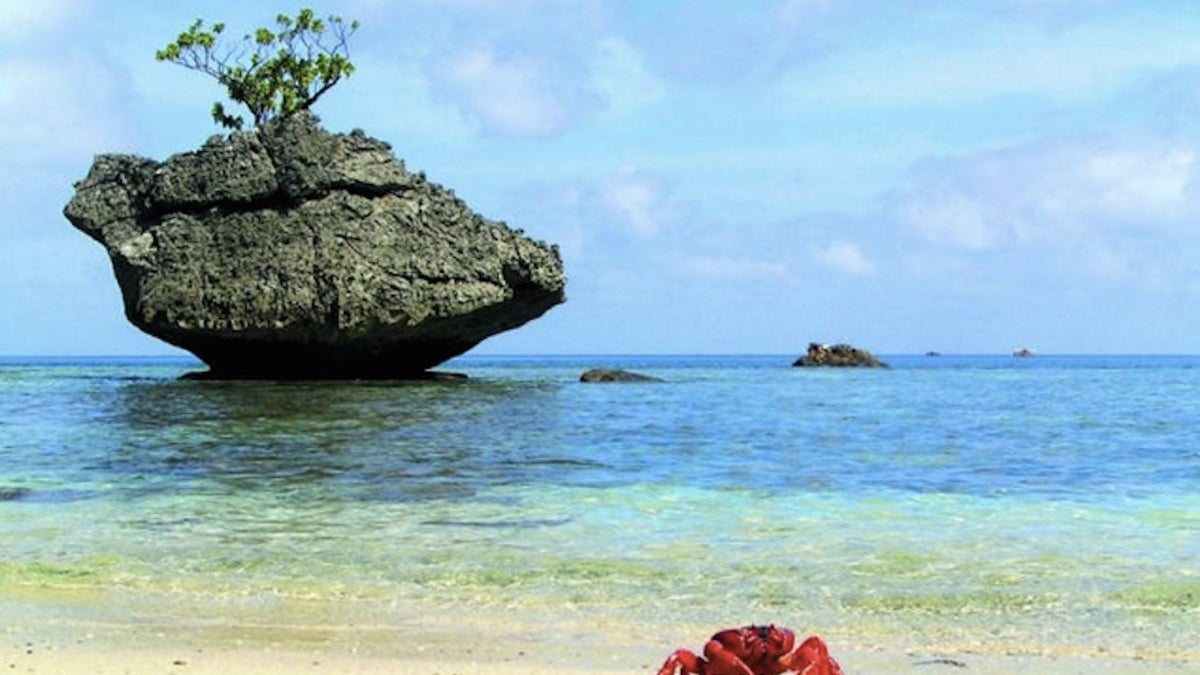Fox News Flash top headlines for March 23
Fox News Flash top headlines are here. Check out what's clicking on Foxnews.com.
Get all the latest news on coronavirus and more delivered daily to your inbox. Sign up here.
The world's animal distribution map needs to be redrawn after researchers recently discovered the existence of "Australian" species on Christmas Island.
According to the University of Queensland's Jonathan Aitchison, the finding revises the long-held understanding of the location of one of biology and geography's most significant barriers -- known as the Wallace line.
"The Wallace line -- named after its discoverer Alfred Russel Wallace -- delineates major biological division separating the species with Asian origins from those with Australasian ones," Aitchison said in a statement.
The research was published earlier this year in the journal Paleogeography, Paleoclimatology, Paleoecology.
IN BATTLE AGAINST CORONAVIRUS, THESE SCIENTISTS ARE ON THE FRONT LINES

Christmas Island is seen above. (The University of Queensland) (The University of Queensland)
AMID CORONAVIRUS PANDEMIC, N95 MASK LISTINGS ON AMAZON FLOODED WITH FAKE REVIEWS
"[The Wallace line] runs along the narrow seaways separating Bali from Lombok, and Borneo from Sulawesi," he explained. "To the west are the tigers, elephants, rhinoceroses and orangutans of Eurasia and to the east, the marsupials and monotremes that are synonymous with Australia."
Aitchison and his colleagues noted species with Australasian origins while they worked about 1,000 kilometers west of the conventional trace of the Wallace line on Christmas Island.
The species' journey most likely occurred within the last 5 million years, as this is when Christmas Island emerged to form a new landmass, according to researchers.
"Christmas Island is a strange and unique place, not just because of its geological history, but also its biological history," Aitchison said. "We're excited to see what other weird and wonderful discoveries are ahead."





















